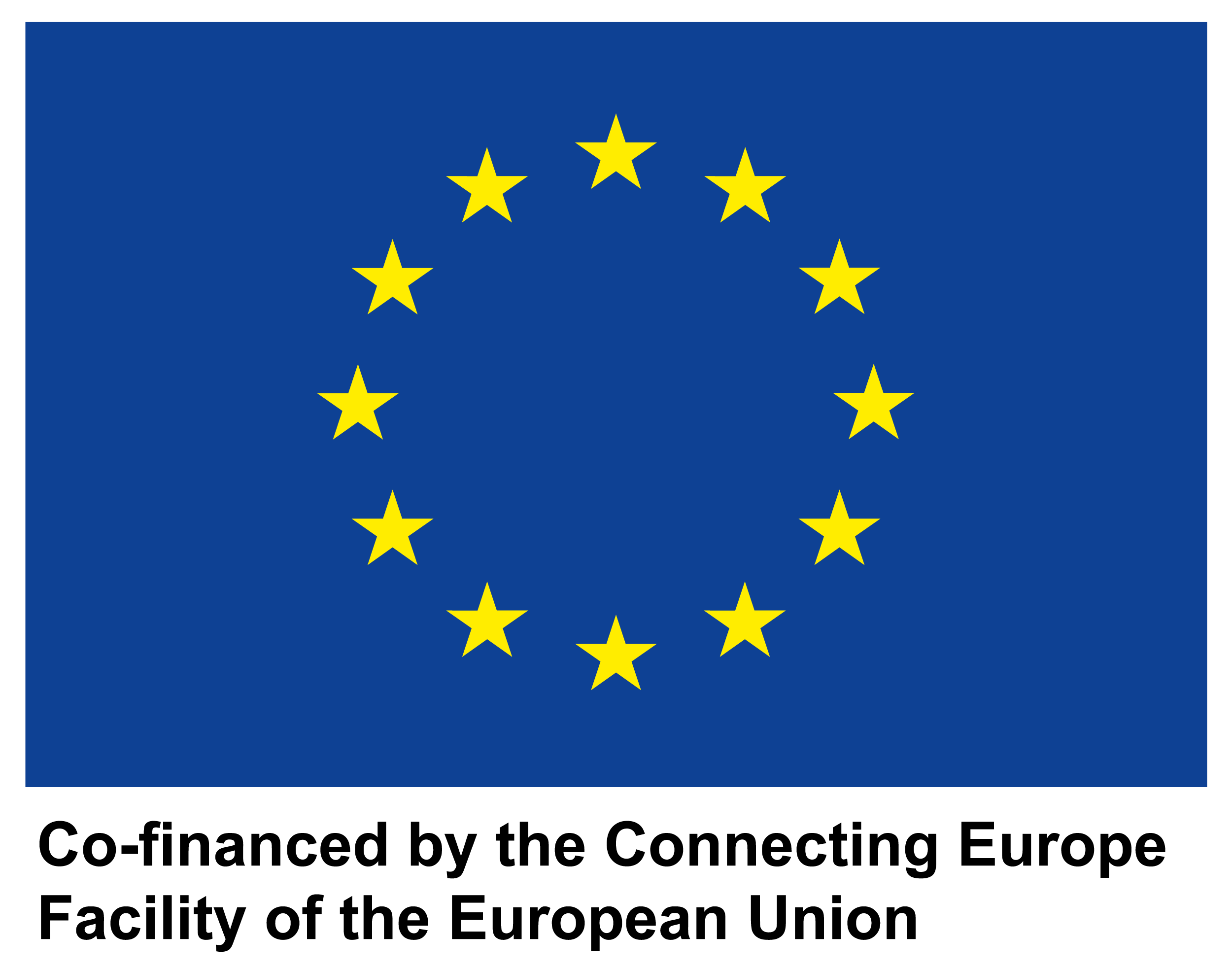eIDAS
eIDAS project is Pan-European project aimed to provide national electronic services of public administration to nationals from the other EU Member States. One of the goals is to facilitate the access for citizen and businesses to online services across European borders through the secure cross-border authentication.
Thanks to the cooperation on various levels, citizens and businesses can use their nationally issued electronic identification schemes (eIDs) for the access to the public services to ensure the access to services provided by other EU Member States. More than 20 countries form part of this project and use the eID system. This system consists of several different providers with varying security mechanisms of identification and authentication so eIDAS serves as unifying instrument that strengthens the European Digital market.
More about eIDAS...
Information about login via eIDAS Node
BENEFITS:
- Secure cross-border access to the internet and digital services
- Protects against the risks of identity thefts and misuse of personal information
- Provides legal validity of transactions
eIDAS login for residents of EU Member States
From the 29th of September 2018 also residents of EU Member States (only designated countries) will be allowed to use their own ID to access electronic services provided by Slovak republic authorities with valid ID with electronic chip (any identification valid for electronic authentication in EU member state).
Users from EU Member States will have access to all public authorities’ electronic services. The amount of electronic services will be defined by level of security provided by your ID, as some services require higher level of security than others. By using this system you will have access also to your electronic mailbox where you find all the official correspondence from the state.
What is electronic authentication based on eIDAS Regulation?
Point of the eIDAS Regulation is to accept means of electronic identification issued in other member state for the purpose of the access to services, provided by the public sector entity, if the conditions are met by member states of European Union from the 29th of September 2018. One of these conditions is, that the means of electronic identification should be notified to European Commission within the scheme of electronic identification.
This process has several steps. Prenotification – this step has to be fulfilled at least 6 months before the notification itself. You can find the current list of the states and their state of notification on the portal of European Commission.
Login in is currently enabled with eIDAS Node. Foreigner with this kind of ID card or Residence card with electronic chip, can log in to the Central Government Portal (slovensko.sk) and also to other portals, which use single logging in (WebSSO) through the Central Government Portal (slovensko.sk) and technically accept this kind of authentication means.
Identification from other states will be added to the Central Government Portal IAM gradually in accordance with notified process within the meaning of the European Parliament and Council of the EU Regulation 910/2014 from the 23th of July 2014 on electronic identification and trust services for electronic transactions in the internal market and repealing Directive 1999/93/EC.
Electronic mailbox of the foreigner to whom the electronic mailbox will be established based on identifier is not activated for delivery, foreigner has to do it by himself. Range of services depends on Slovak legislation and individual authorities. Electronic mailbox is linked to an identifier, which is sent through eIDAS. In case of Germany and Italy, with every new issued eID (for example in case of lost or expiry) for the same person a new identifier emerges and thus a new identity in IAM.
In case of lost or issue of a new ID card, an foreigner has to contact National Agency for Network and Electronic Services (NASES) and request access to the old electronic mailbox by letter request (the unique identifier sent by eIDAS Node must be mentioned) because of loss of access to the old electronic mailbox and a new electronic mailbox was created to him.
States do not provide mechanism of cross border identifying identity; therefore, duplicate identities emerge. Duplicate identity emerges in many cases, for example:
a) A foreigner has got issued an Electronic means of identification from other EÚ Member State and at the same time different means was issued to him in Slovak republic (for example alternative authenticator).
b) A foreigner is registered in the register of natural persons based on physically presented document as passport or identity card, but during login through eIDAS Node is usually sent different identifier, so the automatic identifying is not proceed.
c) The state, which is issuing an identifier, makes for each new means of identification new identifier. In case of Germany and Italy, with every new issued eID (for example in case of lost or expiry) for the same person a new identifier emerges and thus a new identity in IAM.
d) The state, which is issuing an identifier, can provide several means of electronic identification for one person, and thus multiple unique identifiers.
In case of authentication through eIDAS, after authorizing of logging identity, unique identifier based on means of personal electronic identification is stated in data sent from the state issuing means of electronic identification. This identifier doesn’t have to be same as identifier used in letter version and doesn’t have to be physically printed on the means of electronic identification. It has to be just the unique identifier in specific state.


Date of last change: 22. 01. 2019
Date of release: 08. 10. 2018